Click Playa Chikitu for panoramic view, but notice the big difference in apparent distances. Panorama camera uses a very wide angle lens making objects appear more distant than they are.
NOTE — To see a bigger (and in some cases, expanded) version of any of the images, just click on the one you want to enlarge.

Suplado (Blow Hole) -- this one is different than the one shown previously. A wave compressed air and water into the hole which is later released with spectacular spray.
BokaBartol panorama
At Wayaka beach, several varieties of fish came right up to us. There were Blue Tang, Sargent Major, Yellow Goatfish, and most impressive of all, French Angelfish. There was also one that looked like a Bar Jack and then some small black ones. The only black ones we could find listed at a nearby dive site were Black Durgon, but, if so, these were small ones.
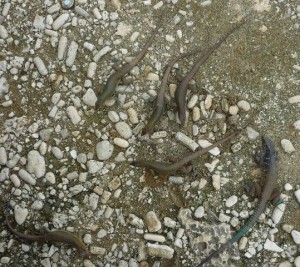
As we ate our lunch, dozens of lizarda gathered under our feet to catch any crumbs. Virginia had one crawl over her bare foot!
Click on Slagbaai panorama.
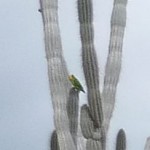
Parrrot #2 is located just to the right of the tallest 'arm' of the left cactus and down about 5 feet.
We arrived back at the entrance gate about 3pm, and then it began to rain. We got out just in time! Now we spent a few minutes at the museum and displays.
Alonso de Ojeda and Amerigo Vespucci landed on Bonaire in
1499 and claimed it for Spain. This, the north part of Bonaire, was settled around 1580 A.D. by the Spaniards. In 1633, the Dutch took control of the island.
Fontein, between Rincon and Kralendijk, is the site of a spring around which an early settlement was established.

One of two stop signs on the island of Bonaire. There are no traffic lights. Traffic moves surprisingly well using mostly yield symbols painted on the pavement.

We bought some 'poffertjes' from a vendor next to Warehouse Bonaire Supermarket. They are like mini pancakes with butter and powdered sugar.
This evening we went for a swim, but ended it after a few minutes of being tossed about by the heavy surf.
Interesting site for fish sightings at dive sites around Bonaire:
http://www.reef.org/db/reports/geo/TWA/8503/1993-01-01/2008-12-31

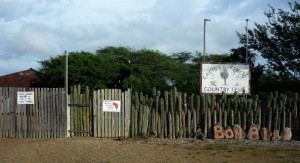
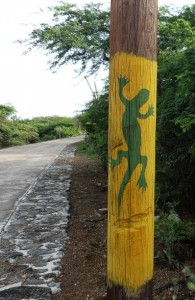
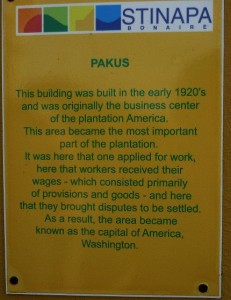


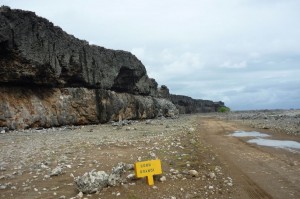

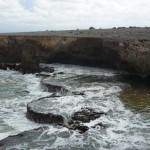
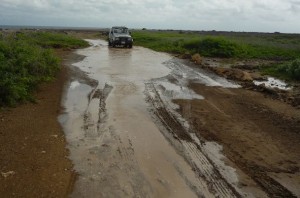
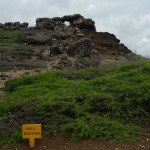
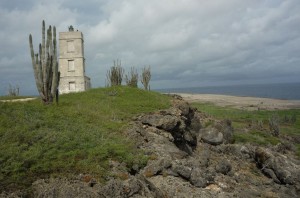
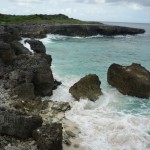
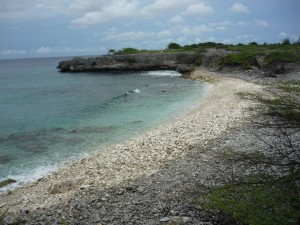
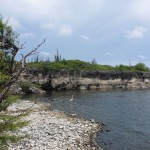


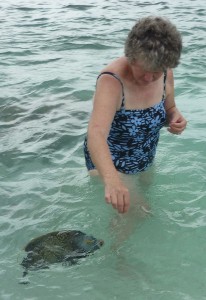

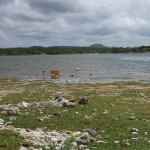
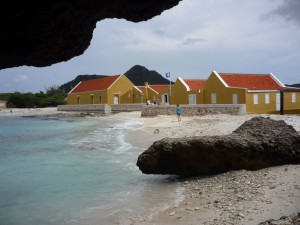
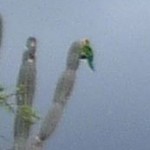

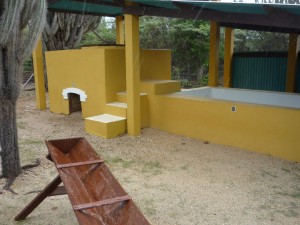

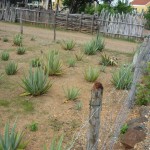
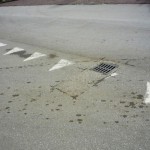
Wow, Very nice!